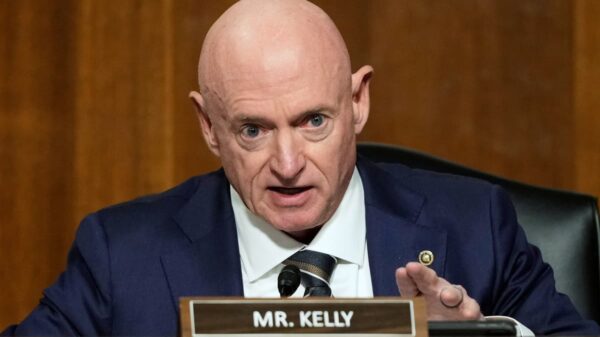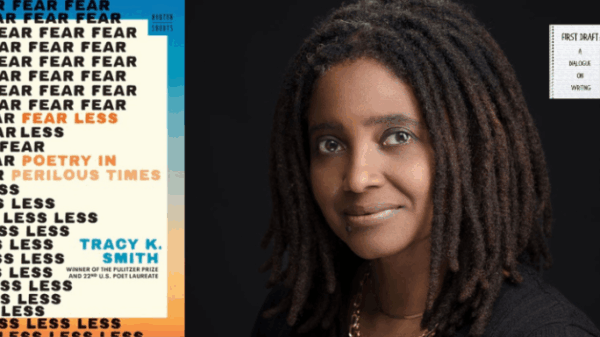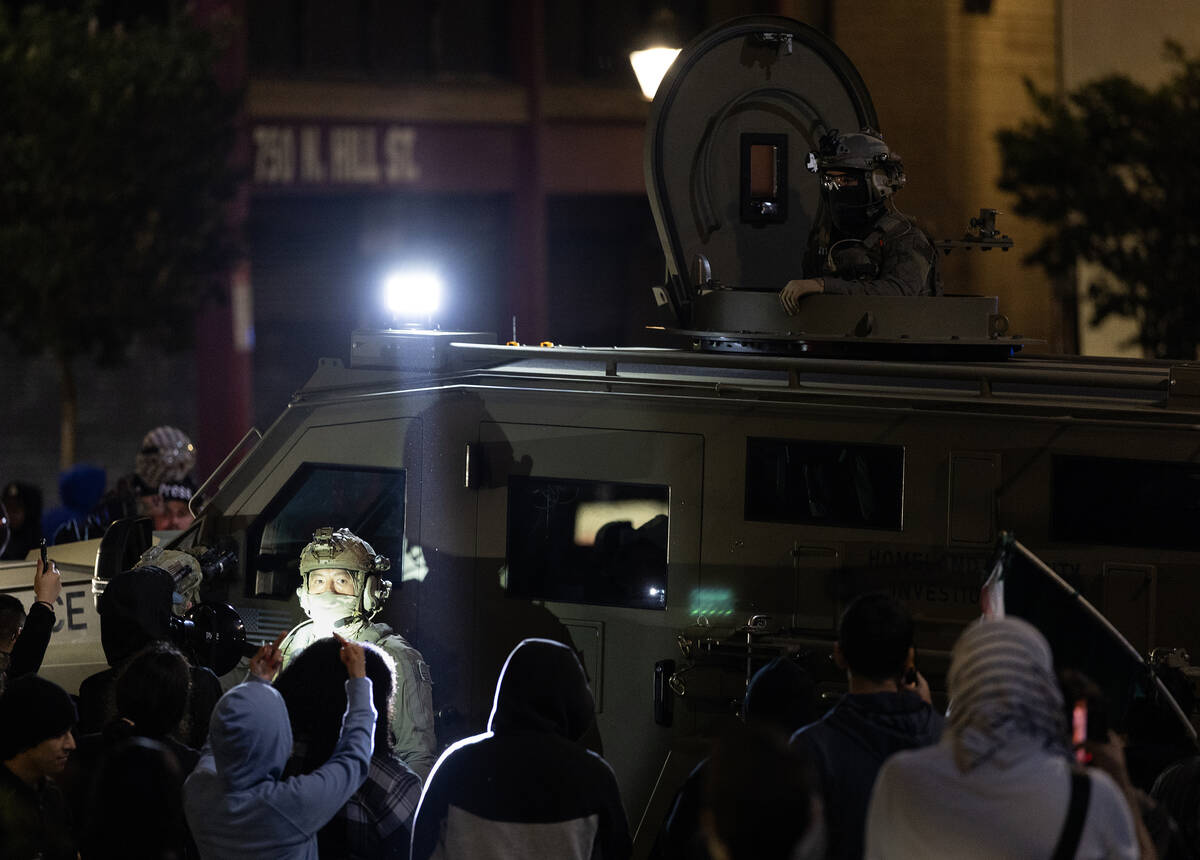In a recent letter to the editor, Tracey Howard expressed her concerns regarding the use of masks by ICE agents while performing their duties. She described the practice as “ridiculous,” particularly in light of the perceived dangers these agents face. The letter highlights a growing concern about the safety of ICE agents amid escalating tensions and protests in cities such as Los Angeles.
Protests against ICE operations have escalated in various Democratic-controlled cities, where demonstrators have resorted to violence, including throwing rocks and concrete at agents. Howard suggests that elected officials are supporting these protests, which she argues jeopardizes the safety of ICE agents. She pointedly questions the motives behind calls from some leaders for unmasking these agents, suggesting that it could lead to increased harassment and violence against them and their families.
In Los Angeles, both the governor of California and the mayor have called for the withdrawal of Army Reservists deployed by President Donald Trump to address violence at protests. The presence of military personnel has sparked debate about the role of local and federal authorities in managing civil unrest.
The nature of ICE’s work is often met with disapproval from certain segments of the population, particularly among illegal immigrants with criminal records. This discontent contrasts with the support police officers generally receive. As tensions rise, the implications of unmasking ICE agents could be severe, according to Howard’s perspective. She raised a chilling example involving Nicholas Roske, who allegedly attempted to assassinate Supreme Court Justice Brett Kavanaugh over a leaked draft opinion regarding Roe v. Wade.
Howard’s letter underscores a broader dialogue about the safety and security of law enforcement agencies amid public dissent. As protests continue, the balance between constitutional rights and the protection of those enforcing the law remains a contentious issue. The debate is not simply about masks but touches upon the broader implications of how society views agents tasked with contentious mandates.
While some advocate for transparency and accountability, others emphasize the potential risks that come with exposing officers to public scrutiny. The ongoing discussion reflects deep divisions in public opinion regarding immigration enforcement and law enforcement practices in the United States.
As the situation develops, the safety of ICE agents and their operational integrity will likely remain at the forefront of national conversations surrounding law enforcement, civil rights, and public safety.








































































